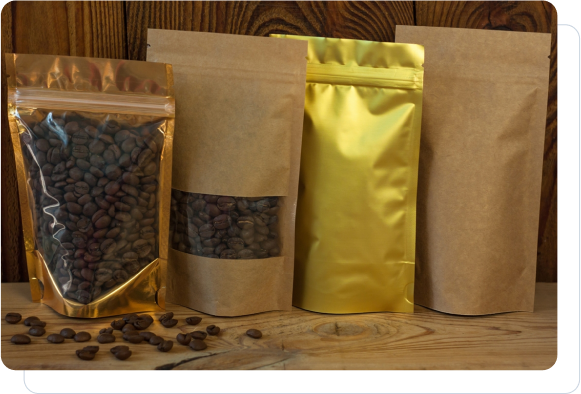The modern solution for packaging is flexible packaging that is being used in food, cosmetics and retail industries. Its lightweight nature and flexibility make it an excellent product to reduce costs and to improve product presentation for businesses. By 2030, the global demand for flexible packaging is expected to reach $250 billion as the market needs sustainability and innovation.
In this guide, we break down the different types of flexible packaging materials, review their pluses and minuses, and give our tips for choosing the right flexible packaging material for your products.
Flexible Packaging Materials Overview
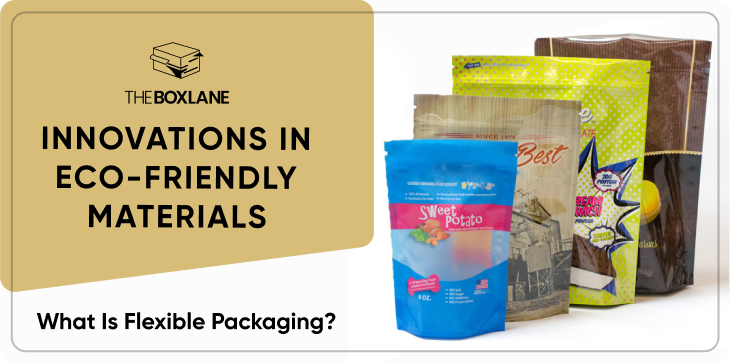
What Is Flexible Packaging?
Flexible packaging is a material that can easily bend. It is used to make pouches, custom mylar bags and wraps. These materials are suitable for lightweight, customizable, and cost effective solutions.
Flexible Packaging Materials Examples
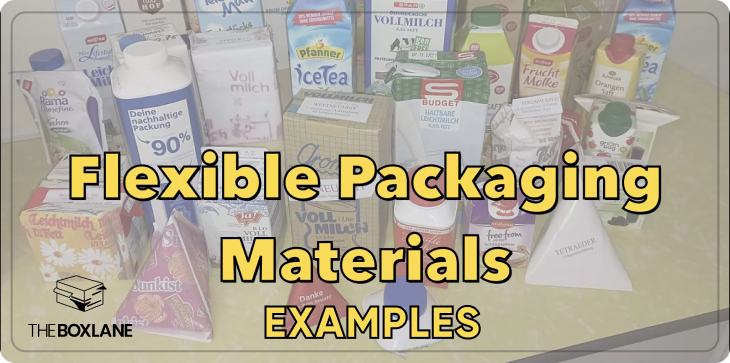 Plastic Films –
Plastic Films – Common in food packaging for durability and moisture resistance.
Paper –Popular for being eco friendly and used in bakery items.
Aluminum Foils –Used in pharmaceuticals and foods that need higher protection from light and moisture.
Key Benefits
Lightweight:It reduces shipping costs and energy use.
Cost-Effective:It requires less raw materials, less storage space.
Customizable:Unique designs that enable brand visibility.
Recycling Challenges
Multiple materials make flexible packaging hard to recycle. This problem is being addressed by manufacturers working on mono-material solutions and compostable options.
Flexible Packaging Materials and their Types and Applications
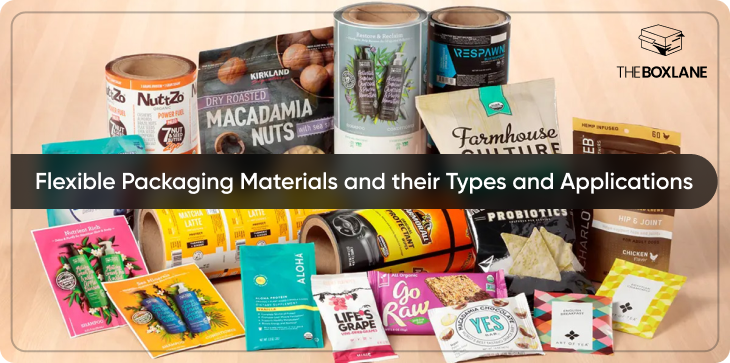
1. Flexible Plastic Packaging
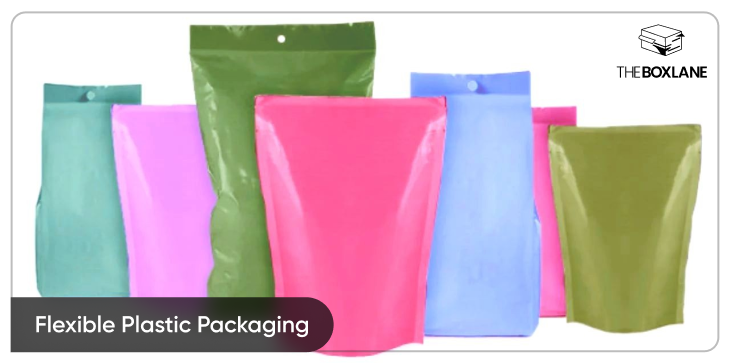
- Uses: Frozen foods, personal care products, and snacks.
- Advantages: Versatile, durable and affordable.
- Common Materials: Polyethylene (PE), polypropylene (PP).
- Drawbacks: Not biodegradable and not easy to recycle.
2. Paper-Based Flexible Packaging
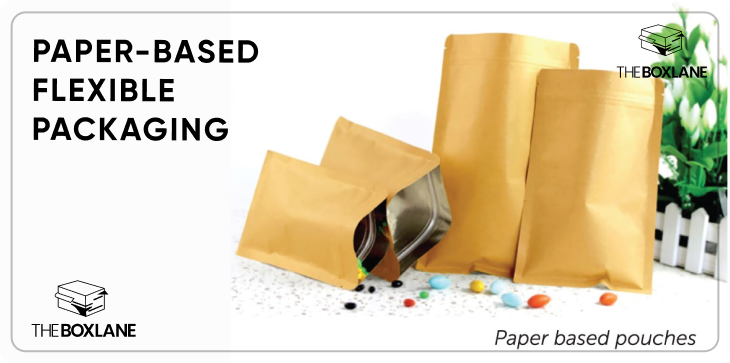
- Uses: Packaging for bakery items, tea bags and dry goods that are Eco friendly.
- Advantages: Compostable, renewable, and great for branding.
- Drawbacks: Low durability and low moisture resistance.
3. Aluminum Foils
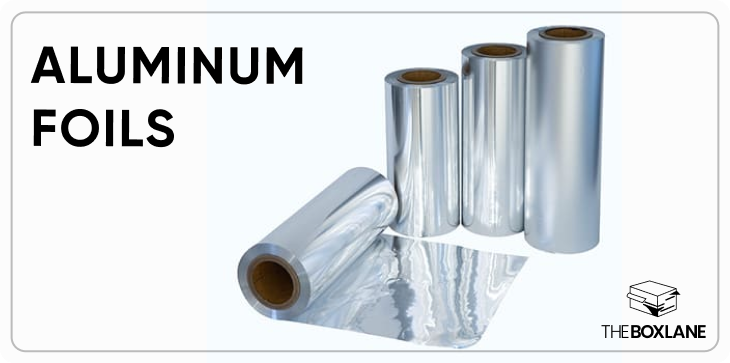
- Uses: Dairy products, high end food items and pharmaceuticals.
- Advantages: Excellent barrier properties against light, oxygen and moisture.
- Drawbacks: Higher production costs, higher environmental impacts.
Flexible Packaging Materials Comparison
Flexible vs. Rigid Packaging

Rigid packaging is heavier and more expensive, but it is durable; flexible packaging is lightweight and cost effective. However, these traits are balanced by semi-rigid packaging, but may not be flexible.
Feature Comparison
|
Feature |
Flexible |
Rigid |
Semi-Rigid |
|
Weight |
Light |
Heavy |
Moderate |
|
Cost |
Low |
High |
Moderate |
|
Sustainability |
Mixed (Improving) |
Low |
Moderate |
|
Customization |
High |
Moderate |
Moderate |
Choosing the Best Option
The best material depends on the product and what it requires. Plastic can be used for food products for freshness, or for pharmaceuticals to protect them. Paper based materials are more often chosen by eco conscious brands due to their compostability.
Flexible Packaging Key Features to Consider When Choosing
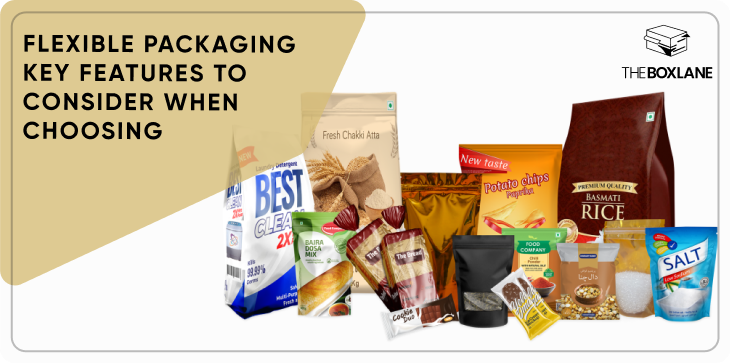
1. Barrier Properties
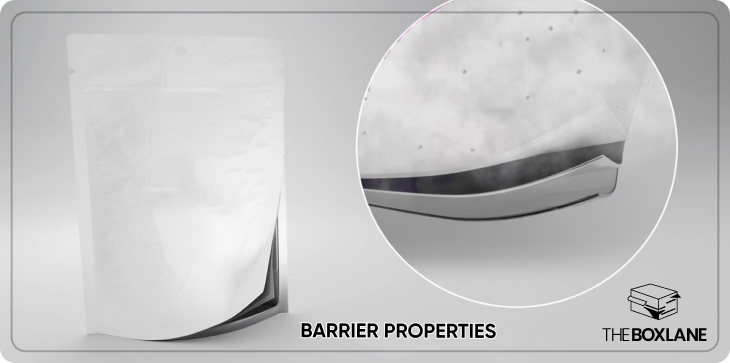
Snacks are products that need moisture and oxygen protection. These elements should be blocked by packaging effectively.
2. Durability
Packaging should be able to take handling, storage and transportation without damaging.
3. Recyclability
Recycling of mono material options is easier. Other materials are also becoming compostable.
4. Customization
Packaging stands out on the shelf because of bright colors, logos and creative designs.
5. Cost-Effectiveness
The materials that businesses should choose should be able to balance affordability with functionality.
Flexible Packaging Sustainability and Recycling
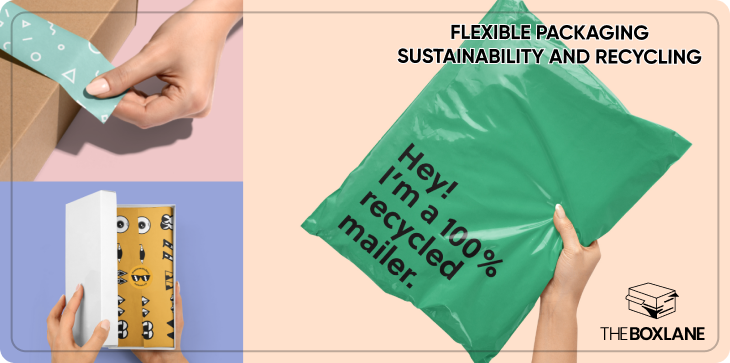
Challenges with Plastic Recycling
Many flexible plastic packaging uses multiple materials, making it difficult to recycle. There are few curbside programs that accept them.
Innovations in Sustainability
- Compostable Materials: Made from plant based materials such as PLA (polylactic acid).
- Biodegradable Plastics: Are broken down naturally over time.
- Mono-Materials: Use one type of material for simplifying recycling.
Consumer Preferences
Eighty percent of consumers prefer eco-friendly packaging. Sustainable materials adoption by businesses often lead to customer loyalty and lower carbon footprint.
Case Studies and Real World Examples

1. Bakery brand shifts to paper-based packaging
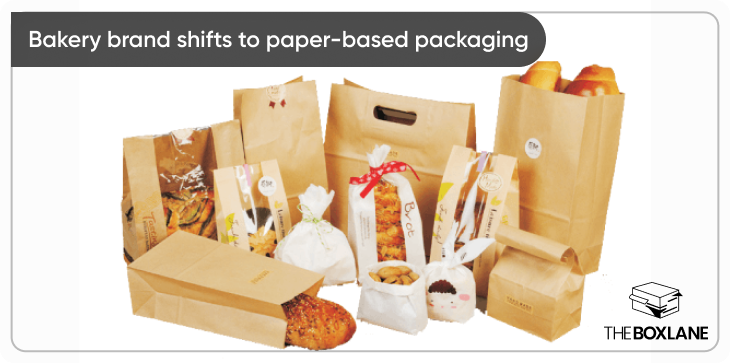
A bakery went paper-based for pastries, reducing waste by 30 percent and boosting its green credentials.
2. Compostable Pouches Adopted by Snack Company

A snack brand increased sales by 25% with compostable packaging, and attracted environmentally conscious customers.
3. Hybrid Packaging in Cosmetics
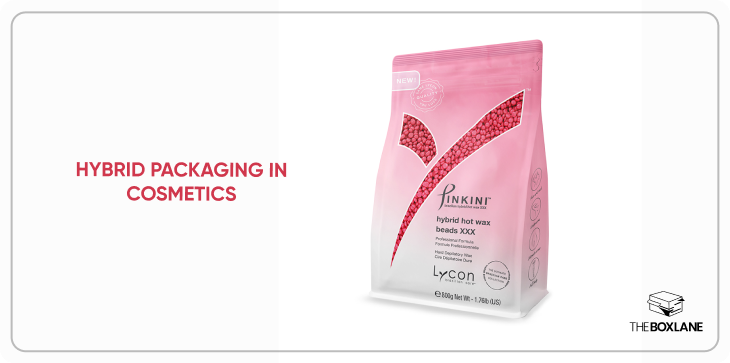
Rigid bases were combined with flexible tops in order to reduce costs without compromising premium aesthetics.
Flexible Packaging: Future Trends
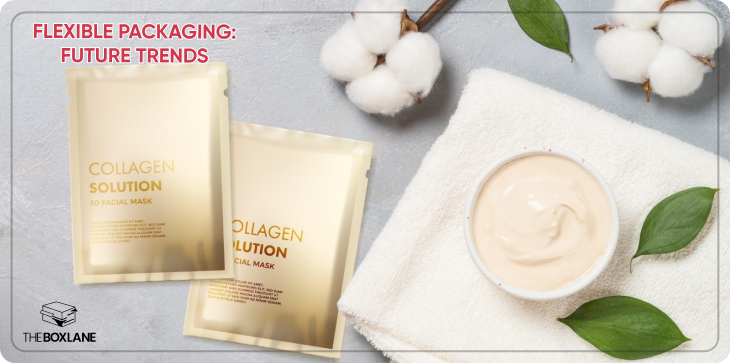
1. Rise of Custom Packaging
Packaging tailored to brand and product differentiation is in growing demand from small businesses.
2. Smart Packaging Technology
QR codes and NFC chips allow consumers to access product information or authenticate items.
3. Eco-Innovation
Sustainability concerns are addressed by advances in biodegradable films and recycled content materials.
4. Predicted Growth
The flexible packaging market is expected to grow massively in the coming years with sustainability and technology leading the way.
Conclusion
The benefit of flexible packaging is adaptability, cost savings, and sustainability. But each material — plastic, paper and aluminum — has its own strengths and weaknesses. So businesses have to evaluate their needs carefully to choose the best option.
The industry is evolving and recyclable and biodegradable materials are still the focus. Companies can satisfy the consumers' demand and become a long term success by adopting sustainable and innovative packaging solutions.
Find eco friendly and customizable packaging solutions with The Box Lane that will help you elevate your brand and make a green future.
FAQs
- What are the main flexible packaging materials?
Materials used in flexible packaging include plastic films (polyethylene, polypropylene), paper and aluminum foils. But each property is unique and suitable for different applications. Plastic films are durable and moisture resistant; paper is biodegradable and good for dry goods; and aluminum has good barrier properties for perishable items.
- How is flexible packaging more sustainable than rigid packaging?
Flexible packaging requires fewer materials, and uses less energy in production, lowering manufacturing costs and reducing environmental impact. It also reduces its transportation emissions due to its lightweight nature. But recycling flexible materials is harder, as they contain multiple layers. These concerns are addressed by advancements in recyclable and biodegradable flexible packaging.
- Which flexible packaging material should I choose for my product?
When selecting a material, consider:
- Product Sensitivity: Determine the need for a barrier against moisture, oxygen and light.
- Durability Requirements: Find out how much strength and resistance to puncture are required.
- Sustainability Goals: Choose between recyclable, compostable or biodegradable.
- Cost Constraints: Be aware of the budget and balance material benefits.
- Branding Needs: Print and design compatibility is ensured.
- Are there recyclable options available in flexible packaging?
Of course, flexible packaging can be recycled. Recycling single material pouches is easier than multi layered materials, as they may require specialized facilities. Try to seek packaging with visible recycling symbols and work together with suppliers which provide recyclable solutions.
- How is the cost of flexible packaging compared to rigid packaging?
In general, flexible packaging uses less material and energy to produce, and therefore is a cost effective alternative to rigid packaging. It also reduces shipping costs as it is lightweight. However, costs vary depending on material, customization and order volume.
- What are the common applications of flexible packaging in the food industry?
Snacks, beverages, frozen foods and ready to eat meals can all be found using flexible packaging. The principal benefits are extended shelf life, portion control and convenience features (such as resealable zippers). It is adaptable for many different food products.
- What is flexible packaging’s role in product freshness and shelf life?
High-barrier materials such as aluminum foil and high-barrier plastics help to prevent exposure to oxygen, moisture and light which are enemies of the products. This protection also affords longevity and product quality, two factors which are critical in fresh foods.
- What are the current trends in flexible packaging material?
The trends present today are for instance; the use of eco-friendly materials like biodegradable films and recyclable pouches. There is also an increase in smart packaging with QR codes for consumers and new high barrier structures to improve product preservation.


